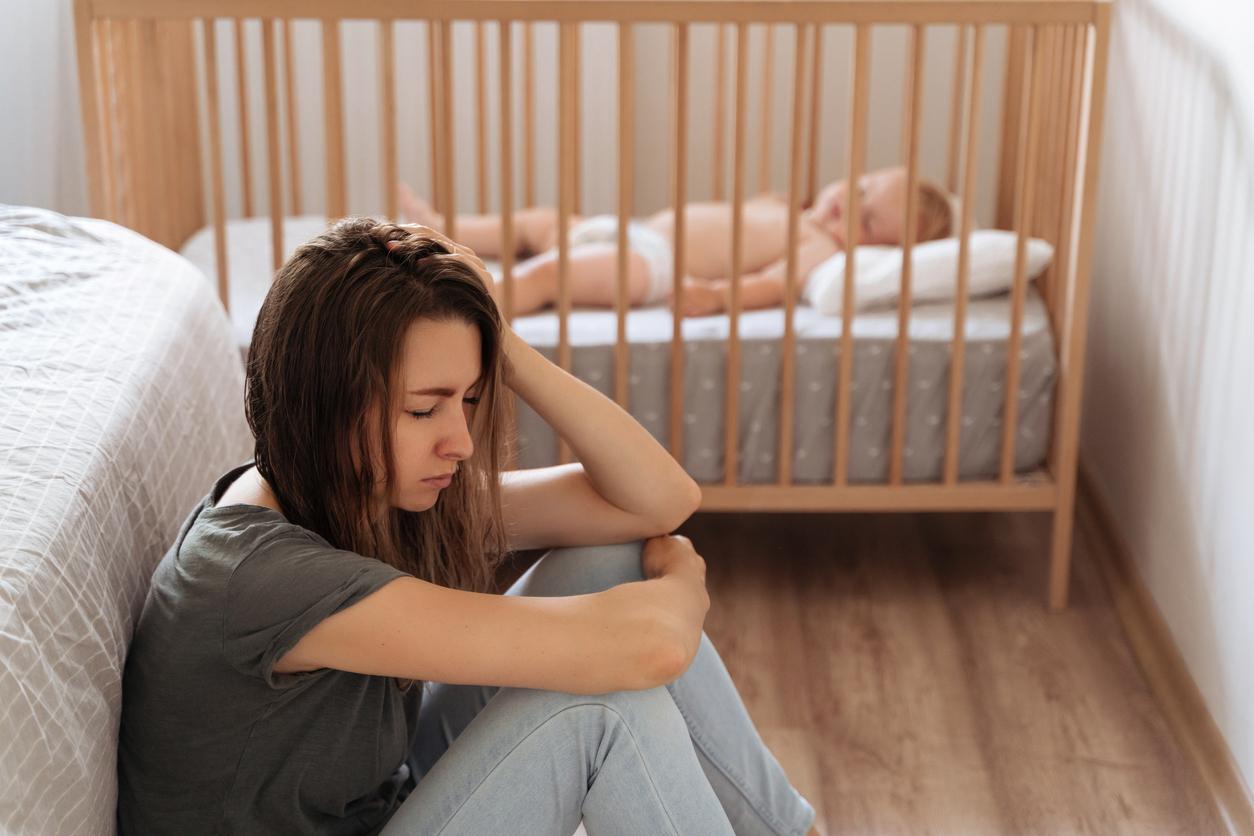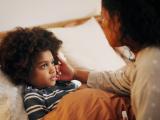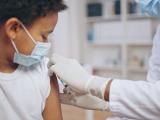JAMA Network Open published two studies yesterday on child abuse in France and domestic violence in Japan early in the COVID-19 pandemic, the former finding that the rate of abusive head trauma (AHT) in infants nearly doubled and the latter showing that calls to domestic-violence help centers rose significantly.
Trauma more severe, deadly
In the first study, researchers in Paris compared rates of AHT in infants younger than 1 year referred to Necker Hospital for Sick Children, the only pediatric neurosurgery center for the Paris metropolitan area, from Jan 1, 2017, to Dec 31, 2021.
The team defined AHT as one or more subdural hemorrhages (brain bleeds) and determination of abuse after multidisciplinary review of a social, clinical, biologic, and radiologic examination. Pediatric AHT, often called "shaken baby syndrome," is the one of most severe forms of child abuse.
"AHT is the most frequent cause of traumatic death in infants in high-income countries, and nonlethal forms are associated with severe long-term morbidity, such as neurodevelopmental impairment (microcephaly [small head size], epilepsy, motor and visual deficiencies, language disorders, intellectual disability, and behavioral abnormalities) leading to severe lifelong disabilities," the researchers wrote.
Of 99 infants diagnosed as having AHT, the median age was 4 months, 65% were boys, 87% had bridging vein thrombosis, 75% had retinal hemorrhages (82% in both eyes), 32% had fractures, 26% had status epilepticus [long-lasting or seizures occurring close together], 24% had refractory status epilepticus, 30% had ischemic lesions [white-matter changes and brain microbleeds] on magnetic resonance imaging (MIR0=), 20% had skin injuries, 54% underwent neurosurgery, 29% were admitted to the pediatric intensive care unit, and 13% died in the hospital.
Average monthly incidence of AHT varied by year, with 1.1 cases in 2017, 1.5 in 2018, 1.6 in 2019, 1.4 in 2020, and 2.7 in 2021. Relative to 2017 to 2019, AHT incidence was stable in 2020 (adjusted incidence rate ratio [aIRR], 1.02) but then nearly doubled in 2021 (aIRR, 1.92). The injuries also tended to be more severe in 2021, with an odds ratio (OR) for death of 9.39.
As a comparison, the researchers also studied patients with hydrocephalus [fluid buildup in the brain], a condition chosen because of its similarity with AHT in organization of care in Paris and age range (median age at diagnosis, 2 months) and because its incidence was unlikely to have been influenced by the pandemic. There was no significant difference in rates of neurosurgery for hydrocephalus between 2020 and 2021.
Unintended consequence of lockdowns
Risk factors for AHT, which the authors point out were often noted amid the pandemic, include psychosocial distress (eg, job loss), frustration intolerance, adult psychiatric disorders, intimate-partner violence, lifestyle changes (eg, remote work, school and childcare closures, lockdowns, curfews), and disruptions in social services.
"The COVID-19 pandemic and the containment and mitigation measures taken deteriorated the psychosocial situation of adults, increased the periods where parents or guardians were at home for a prolonged time with their children, and reduced the intensity of prevention and early detection programs of CAN [child abuse and neglect]," the authors wrote.
"Although the containment and mitigation measures were necessary to reduce the spread of COVID-19, they may have had unintended health consequences for children, such as an increase in AHT," they added. "These results suggest the need for clinical awareness and preventive actions."
In a related commentary, Emily Brown, MD, of Seattle Children's Hospital, said it's important to determine why the expected increase in AHT in Paris didn't occur in 2020 and why those protective factors began to fail. "By determining which policies or factors may have helped delay the expected child maltreatment surge, we might prevent future harm to children," she wrote.
Some families, Brown noted, will continue to experience the financial consequences of the pandemic for years to come. "In addition, because families’ lives are often stressful even outside of a pandemic, once we determine which preventive measures were the most effective at reducing AHT and other forms of maltreatment during the last couple years, we may want to advocate to keep them permanently," she concluded.
Females reported 97% of violence
In Japan, a researcher from Hokkaido University in Sapporo used data from the Gender and Equality Bureau Cabinet Office of Japan to study rates of domestic-violence requests for help from all 47 prefectures from 2011 to 2020 to determine whether abuse had escalated during the COVID-19 pandemic.
In Japan, domestic violence includes that perpetrated by spouses, sexual partners, or other intimate partners. Study participants, who were either married to or living with their partner, were aged 15 to 64 years.
From 2011 to 2020, Japanese residents made 1,061,410 requests for help with domestic violence, 98.1% of them from females. Most inquiries (66%) were made through call centers, followed by onsite visits (30.0%) and other methods (4.0%). Only annual requests made to call centers rose significantly during the pandemic (65.9% in 2011 to 2019 vs 66.5% in 2020.
Before the pandemic, annual rates of domestic-violence requests for help were 32.0 per reporting facility per 1,000 people, compared with 38.0 after the emergence of COVID-19. More females than males reported domestic violence in 2020 (97.2% vs 2.8%) in 2020. While rates of sex- and means of inquiry-specific requests for domestic violence assistance have increased since 2011 in Japan, they rose sharply in 2020 (nationwide rate in 2020, 129.491 in 2020 vs 103,547 before).
The author said that pandemic-related restrictions increased time spent at home and contributed to income instability for both the abuser and the abused.
"This increase may be associated with a range of factors, including economic instability, increased exposure to exploitative relationships, and reduced support options," he wrote. "Previous studies note that COVID-19 restrictions have cultivated an environment in which perpetrators of DV [domestic violence] exhibit tendencies of dominant control."





















